Livestock Agrivoltaics in India
Sheep, Cattle & Solar Grazing
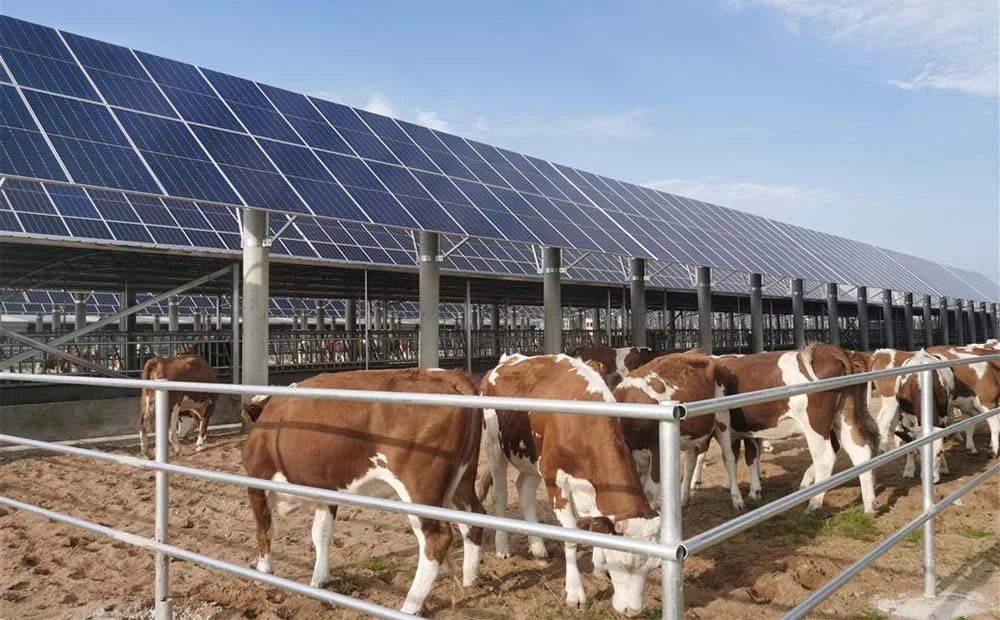
Agrivoltaics farming is not limited to crops — it also offers new opportunities for livestock integration. By combining solar power systems with grazing animals, farmers can achieve dual-use land management, lower maintenance costs, and improve animal welfare. This model, known as livestock agrivoltaics, is gaining popularity worldwide and holds strong potential in India.
At Synergy Solar, we design and supply agrivoltaics farming systems in fields that allow both crop cultivation and livestock grazing under solar panels, helping farmers maximize land productivity and profits.
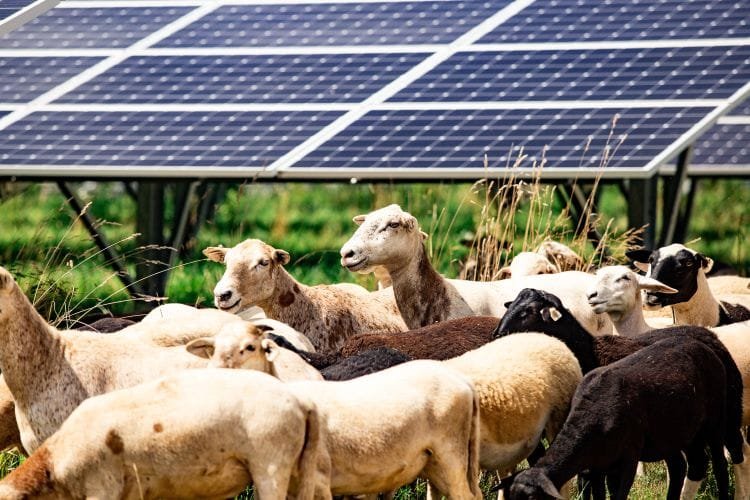
What is Livestock Agrivoltaics?
Livestock agrivoltaics is the practice of raising animals such as sheep or cattle under solar panels in agricultural fields. Instead of leaving land idle or relying on machinery for vegetation control, farmers can use animals to manage weeds and grass while benefiting from the shade and shelter provided by solar panels.
Dual income from livestock and electricity generation.
Reduced reliance on herbicides and costly maintenance equipment.
Reduced reliance on herbicides and costly maintenance equipment.
How Livestock Grazing Improves Agrivoltaics Profitability
Integrating sheep or cattle with agrivoltaics systems does more than provide land management — it creates measurable financial and operational benefits that strengthen the overall ROI.
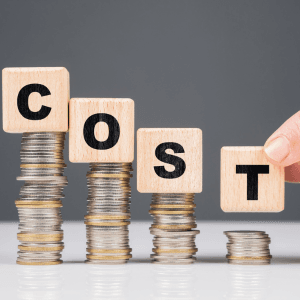
Reduced O&M Costs

Faster Payback

Higher Annual Returns
Applications of Livestock in Agrivoltaics
Integrating livestock with solar farms is a proven way to make agrivoltaics more efficient and profitable. By allowing sheep, cattle, and even horses to graze under solar panels, farmers can manage vegetation naturally, improve animal welfare, and generate dual income from livestock products and clean electricity.
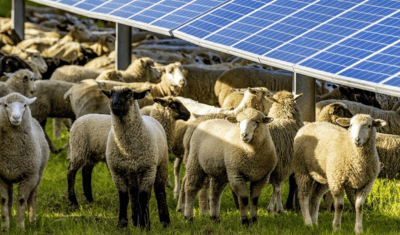
Agrivoltaics with Sheep
Sheep are the most practical livestock for agrivoltaics systems in India.
Weed Control: Sheep naturally graze grass and weeds under solar panels, reducing the need for costly mowing and herbicides.
Low Impact: Unlike goats, sheep do not climb or damage solar structures.
Animal Comfort: Solar panels provide shade in hot weather, reducing heat stress and keeping animals healthier.
Profitability: Farmers reduce vegetation maintenance costs by up to 25–30% annually, while earning additional income from sheep farming alongside solar electricity sales.
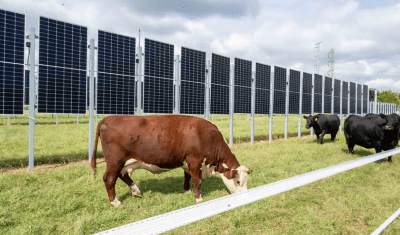
Agrivoltaics with Cattle
Cattle can also be integrated into open-field agrivoltaics farming systems when panels are installed at higher elevations.
- Shade Benefits: Solar panels reduce heat stress, improving milk yields for dairy cattle and helping beef cattle gain weight more consistently.
- Land Efficiency: Farmers can use the same land for grazing cattle and generating electricity, improving land-use productivity.
- Requirements: Panels must be mounted higher with stronger structures and fencing to safely accommodate cattle.
- Profitability: Reduced stress improves milk output, and dual income (milk/meat + solar power) shortens project payback.
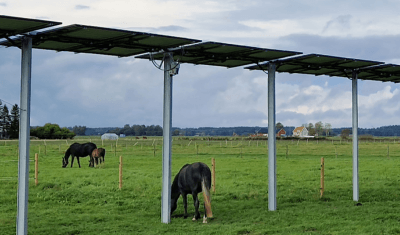
Agrivoltaics with Horses
Horses can also benefit from grazing under solar panels, though they require careful system design.
- Shade & Comfort: Panels provide relief from India’s intense summer heat, reducing dehydration and stress in horses.
- Pasture Use: Horses help keep vegetation under control, supporting land management.
- Requirements: Panels must be elevated higher than cattle systems to prevent accidental damage, and adequate space should be left for movement.
- Applications: Particularly useful for farms that already maintain horses alongside other livestock, combining animal care with renewable energy.
Case Studies & Global Examples
- Europe: Sheep grazing is common in France, Germany, and the UK, where large solar parks contract shepherds to manage vegetation.
- USA: Solar grazing cooperatives manage thousands of acres of solar farms with sheep, lowering O&M costs.
- India: Early pilot projects in Maharashtra and Gujarat are exploring sheep and cattle integration with solar farms, proving the model’s feasibility.
Benefits of Livestock & Grazing Systems in Agrivoltaics
Dual Income
Livestock production + solar electricity sales.
Cost Savings
Sheep replace manual mowing and reduce herbicide use.
Animal Welfare
Panels provide shade and a cooler microclimate.
Biodiversity
Grazing encourages plant diversity and improves soil fertility.
Sustainability
Why Choose Synergy Solar for Livestock Agrivoltaics?
At Synergy Solar, we provide more than just solar panels — we design agrivoltaics farming systems that work seamlessly with sheep, cattle, and horses to maximize land use and profitability.
Pan-India Expertise
We install and supply agrivoltaics systems across all states, tailored for different farm sizes and conditions.
Livestock Integration Specialists
Our systems are designed for grazing animals under solar panels, ensuring safe structures, proper spacing, and long-term performance.
Higher ROI
We help farmers reduce O&M costs by up to 30% annually and earn dual income from livestock and solar power.
End-to-End Service
From design and supply to installation and maintenance, we provide complete project support.
With Synergy Solar, you get a trusted partner in building profitable and sustainable livestock agrivoltaics farms in India.
FAQs About Agrivoltaics
What is livestock agrivoltaics?
Livestock agrivoltaics is the practice of raising animals such as sheep, cattle, or horses under solar panels, combining grazing with renewable energy generation.
Why are sheep preferred in agrivoltaics systems?
Sheep are ideal because they naturally control weeds, do not damage solar panels, and benefit from the shade — reducing maintenance costs by up to 30% annually.
Can cattle and horses also be used in agrivoltaics farming?
Yes. Cattle and horses can graze under solar panels if the structures are raised higher and made stronger. They benefit from shade, which improves milk yields, weight gain, and overall health.
How does livestock grazing improve agrivoltaics profitability?
By reducing mowing and herbicide use, farmers save money, while earning extra income from livestock products (milk, wool, meat). This can shorten the payback period by up to 1 year.
Do Indian farmers get subsidies for livestock agrivoltaics?
There is no direct subsidy yet, but farmers can use PM-KUSUM subsidies for solar pumps and decentralized solar systems to reduce project costs. More policies are expected as agrivoltaics adoption grows.
Is livestock agrivoltaics suitable for small farmers?
Yes. Small farmers can integrate sheep or goats in smaller solar fields, cutting costs and earning dual income. Cooperative models make it easier to adopt.
